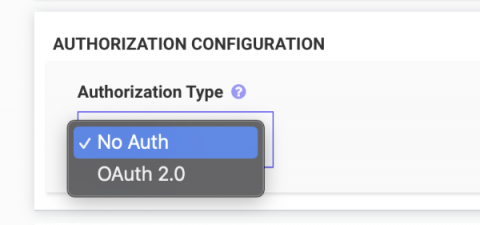Performance Testing of OAuth 2.0 Secured Apps and Services
LoadFocus now provides easy testing for services that are using OAuth authorization (we support OAuth2.0 as OAuth1.0 was retired in 2012). We support all the OAuth 2.0 grant types: For testing a service that is behind a login (that has OAuth authorization) the only thing the user needs to do is: The call to the authorization server will be done only once before the performance testing of the API endpoints starts.








